As a starting point for our hiking trip in the Dolomites, we chose the small town of Bolzano located in South Tyrol, quite close to the border with Austria. We had decided to do day hikes rather than carry all our luggage from place to place. Bolzano seemed like an excellent place to start, a reasonably sized city of about 100,000 people within easy travelling distance of Verona and some other cities we also took the opportunity to visit. The weather in the Alps can vary so it's good to have a back up activity if it rains or snows. Many people who intend to hike the Alta Via trails with a pack otherwise choose to start from the resorts further east such as Cortina and Val Gardena.
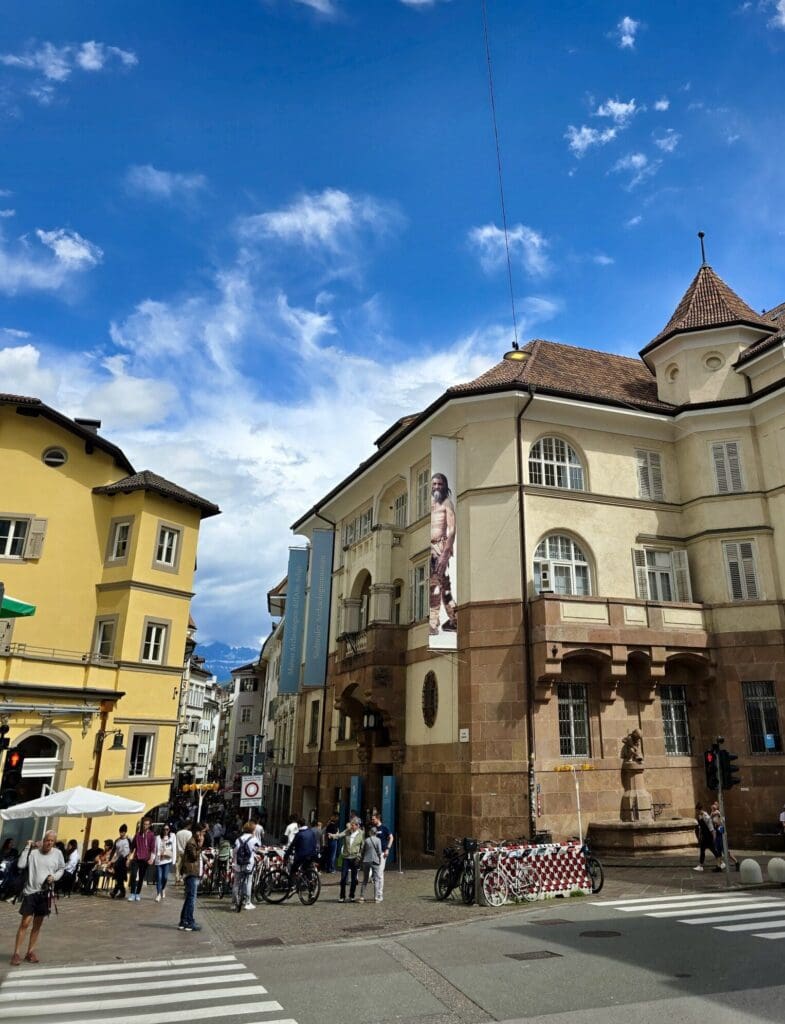

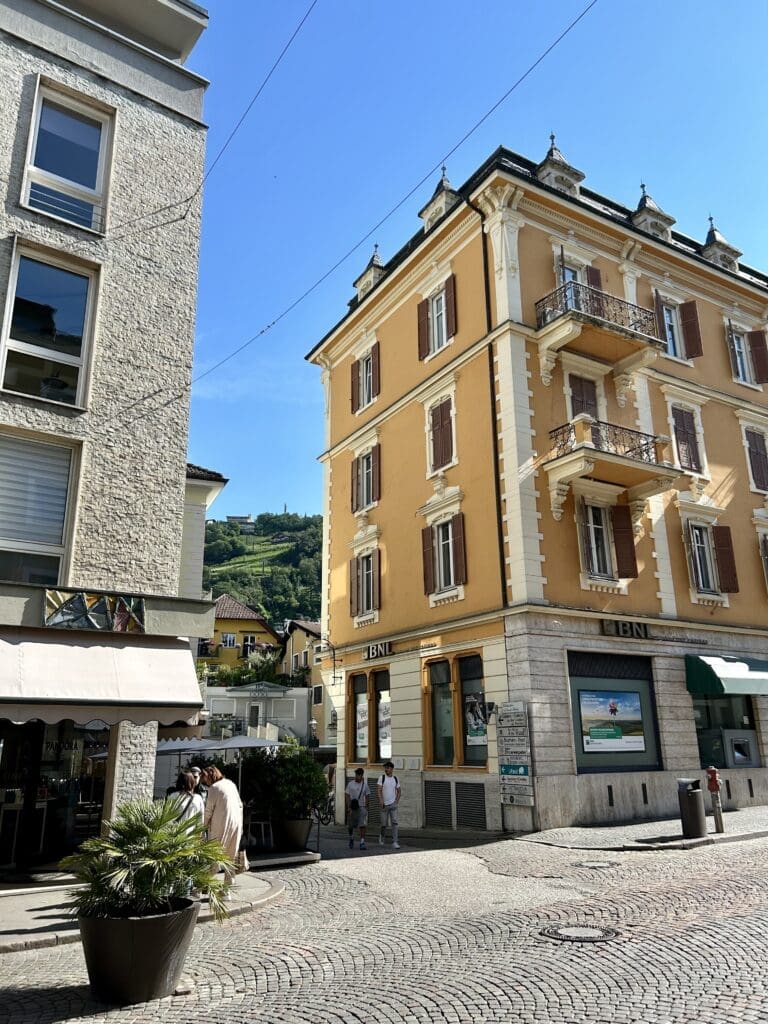
Bolzano
As I said, we started from Bolzano or Bozen, which is the city's German name. Since South Tyrol was Austrian for a long time, a large part of the population speaks German and all towns and places in the area often have both a German and an Italian name. The culture is a lovely mix of German order and Italian joie de vivre, and by all means, I have no prejudices 🙂 Many Italian towns can be a bit dated, but northern Italy is often a bit more organised and this was also true of Bolzano. It's a beautiful city, though without any major famous sights except for Ötzi the Iceman, a mummified caveman found in the ice and who has his own museum. From Bolzano there are a number of cable cars that take you up to the mountains to a number of shorter hiking trails. However, we had rented a car and therefore set off to the larger areas including Lago di Carezza, Alpe di Siusi and Merano 2000. Click on the links to read about our tours there. By the way, a tip when renting a car is not to be fooled by the fact that the rental car company is located in the "city centre" rather than at the airport. All car hire companies in Bolzano are located in an industrial area well outside the city.
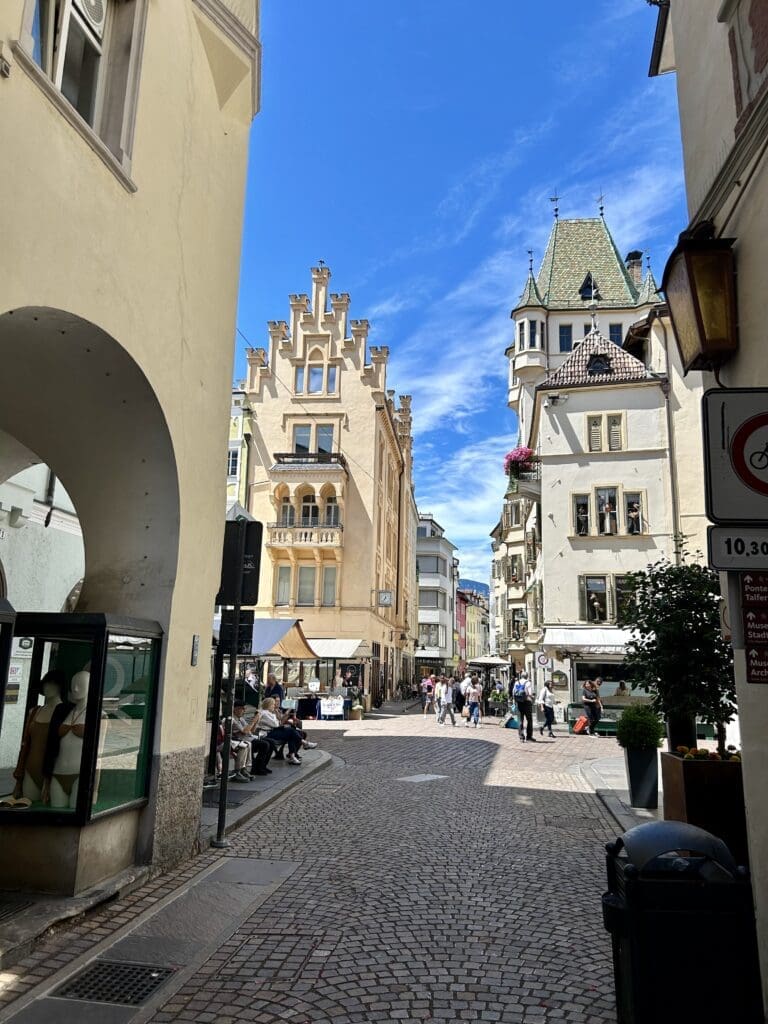

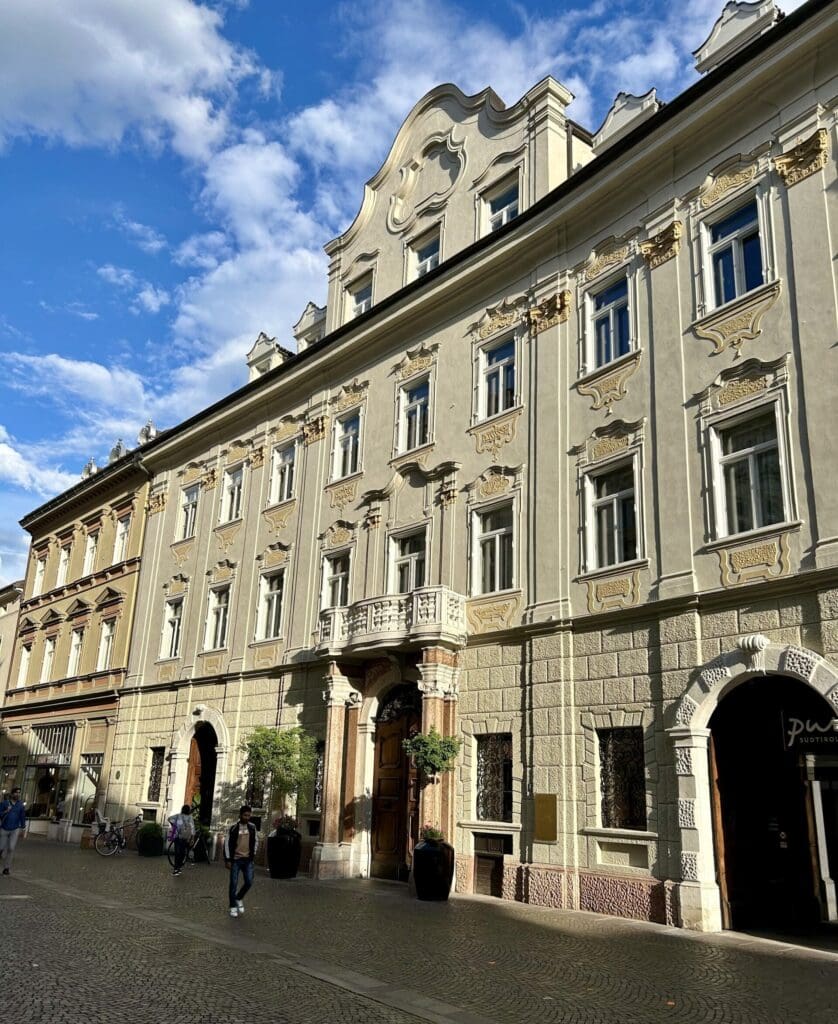
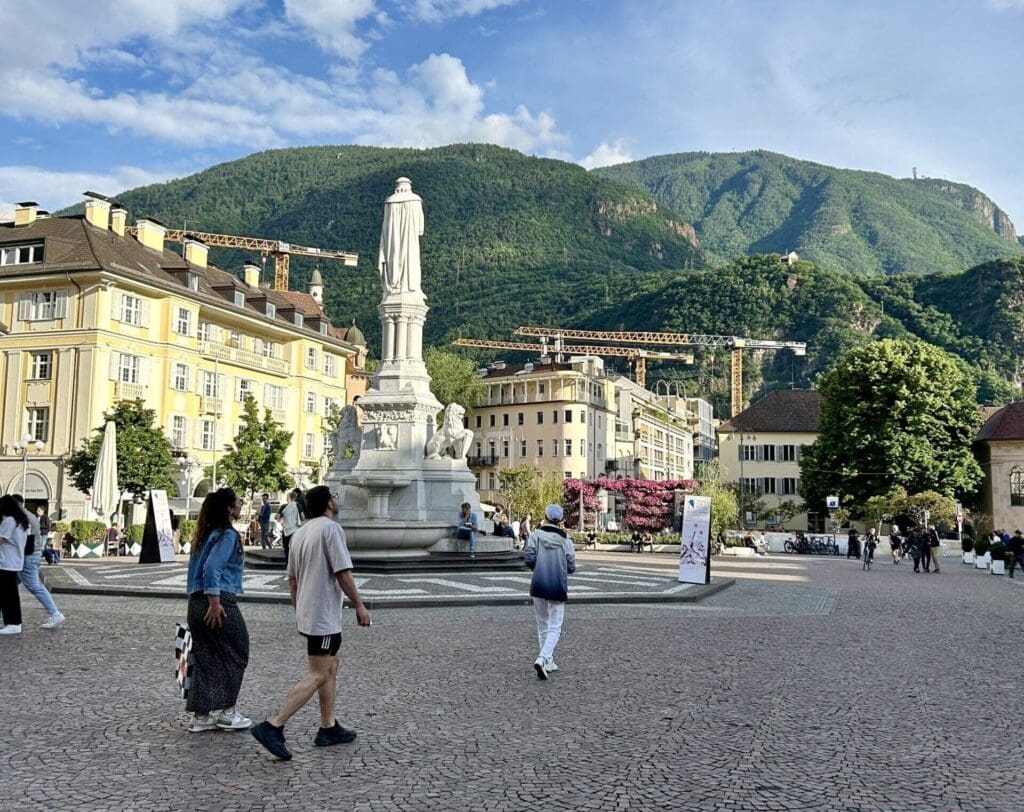
We stayed at beautiful Parkhotel Mondschein located in the centre of the city, but with a leafy park to welcome guests. They focus on wellness and offer spa treatments as well as yoga classes every day. Perhaps it would have been nice for a stiff hiking body after a day out, but there was simply no time for it. In the evenings we wanted to go out and discover Bolzano.
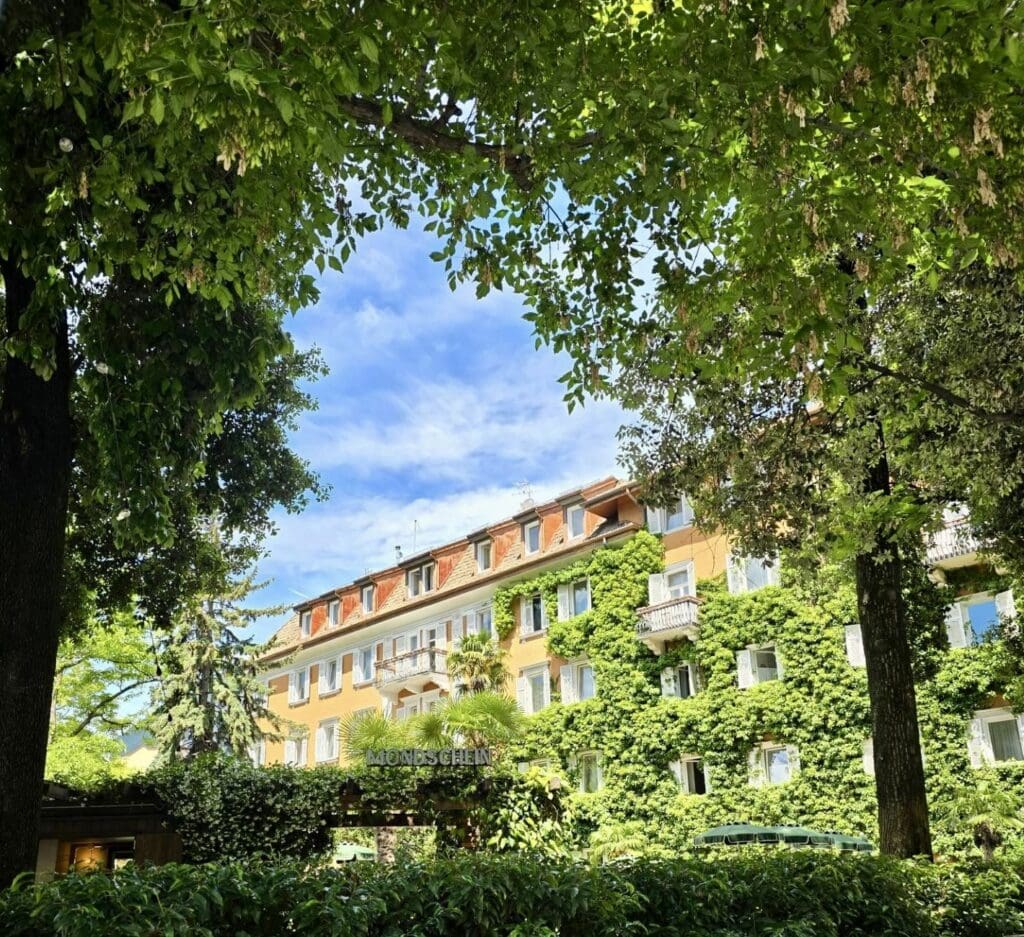
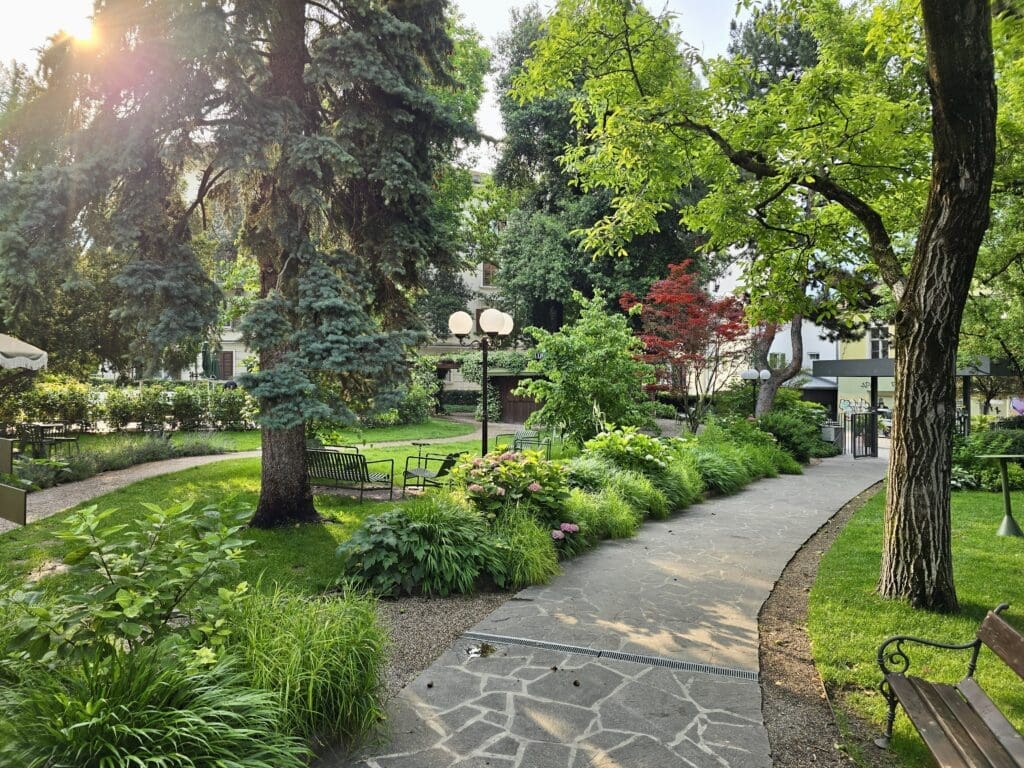
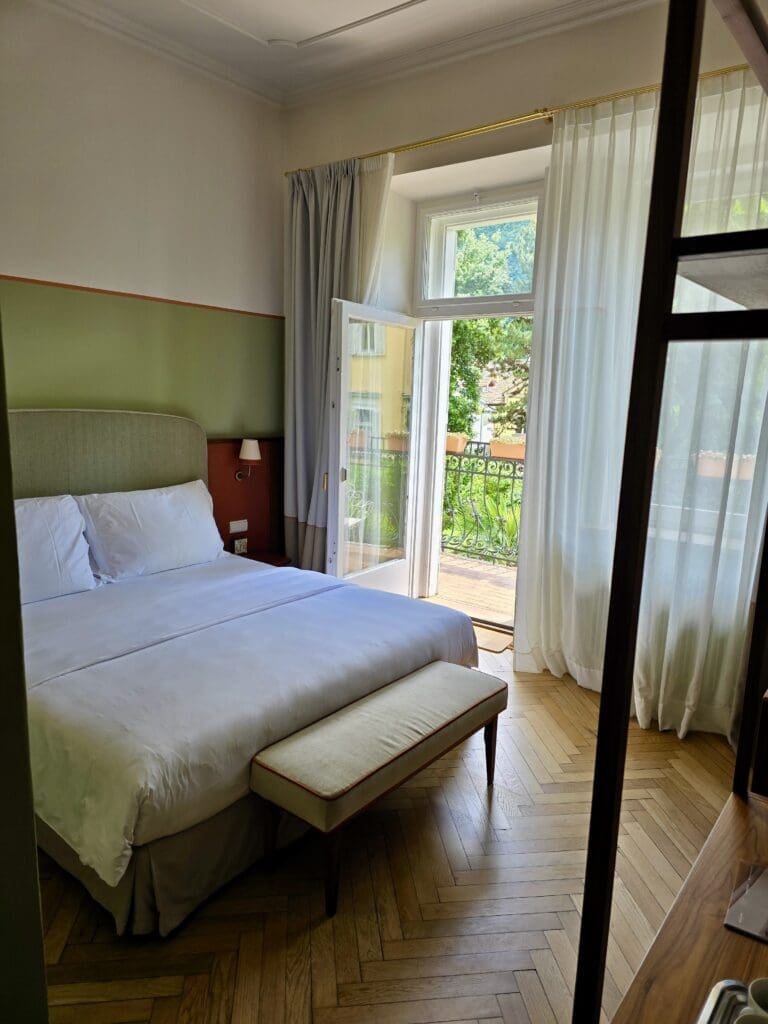
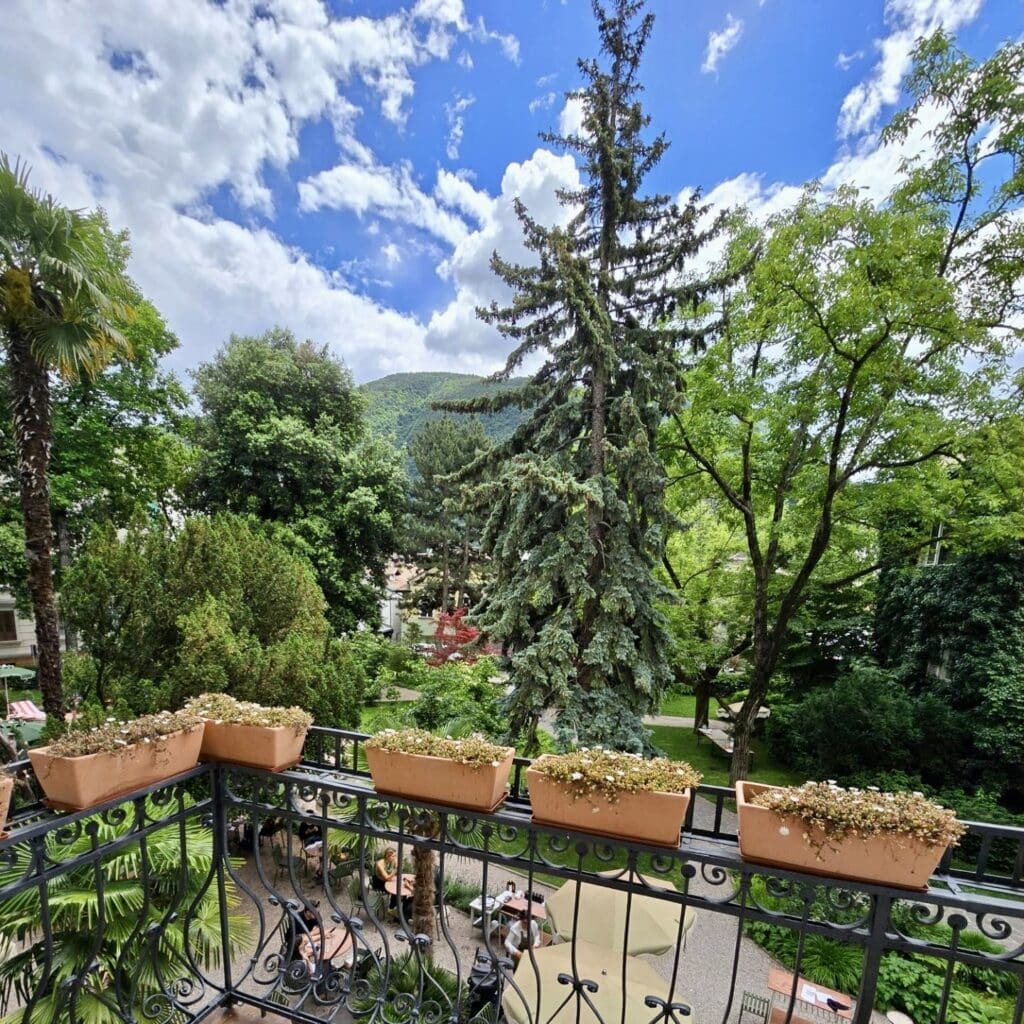
Trento
Just between Verona and Bolzano, you'll find the university town of Trento, which is also the capital of the Italian part of the autonomous region of Trentino-Alto Adige, where all three cities are located. Trento is easily reached by train from both Verona and Bolzano, an incredibly beautiful train journey of just under an hour. When you arrive in Trento, it really feels like you are in Italy for real and here there are more people who speak Italian than German, unlike Bolzano where most of the population is German-speaking. The town is about the same size as Bolzano and here too you can take the cable car up into the mountains and enjoy the view. However, some friends who lived in the city advised us to skip these views. After our tours the days before, we would not be impressed anyway, we were told. I'm sure there is a lot to see around Trento, but we chose to stay in the centre.

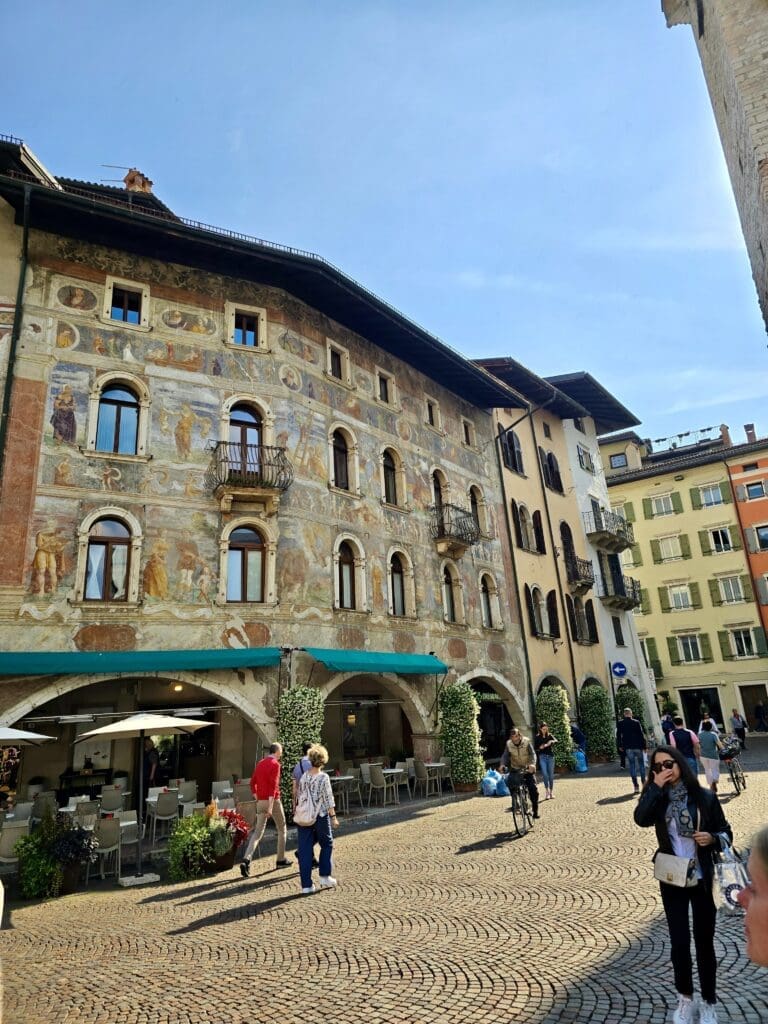
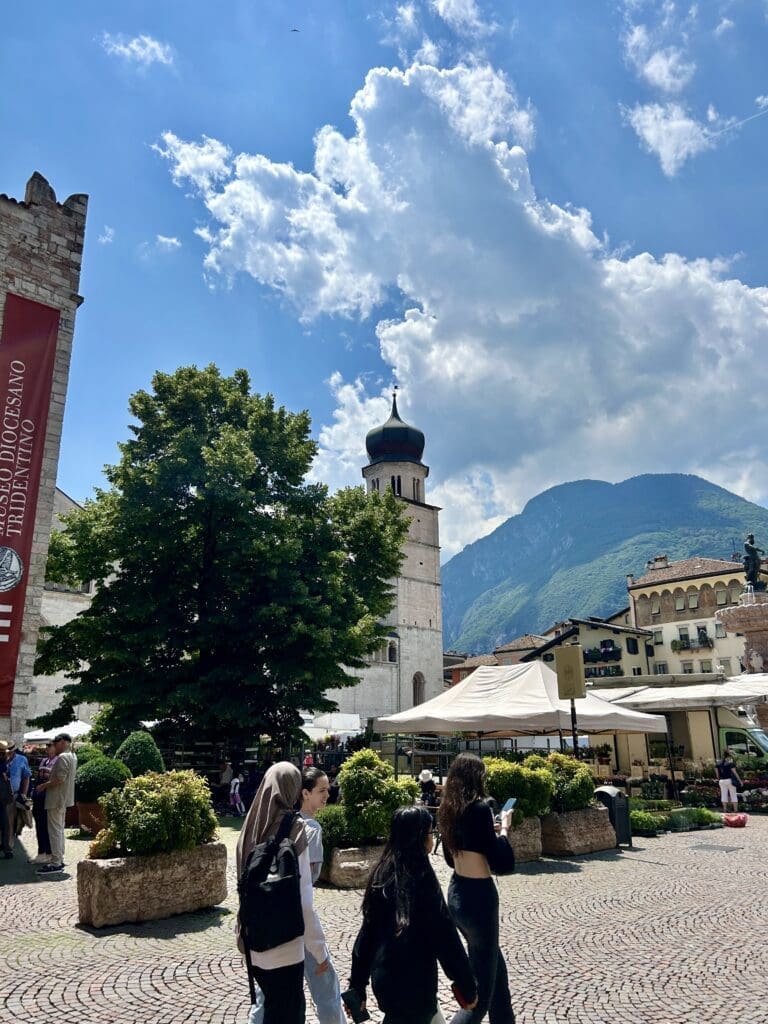

If you like markets, Trento is the city for you. Every day, large parts of the city centre are filled with vendors selling everything from local produce to clothes and bags. Probably a good opportunity to bargain, especially for all the city's students, they rarely have it very fat. However, there were no market bargains for us, we instead walked to the castle Buonconsiglio, a mastodon complex from the 13th century. The walk ended with a glass of excellent Trentodoc in a small alley, the local bubbly must not be missed. Lunch was then taken at café La vie en rose, which one might say had gone "all in" in terms of rysch and gold.
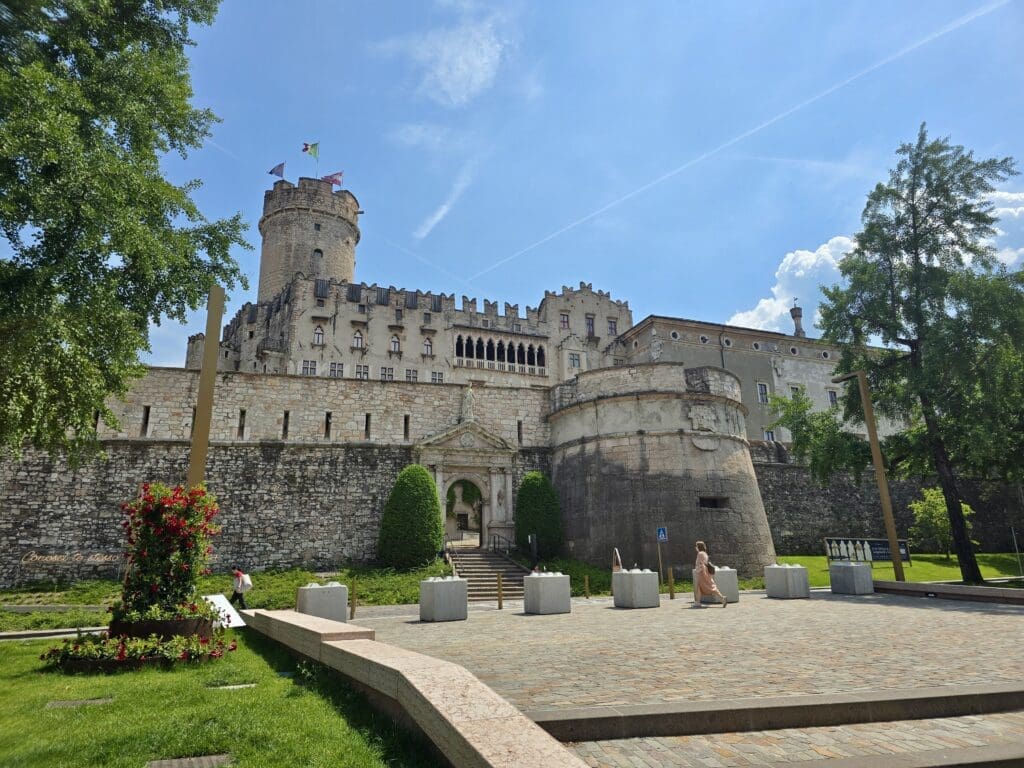
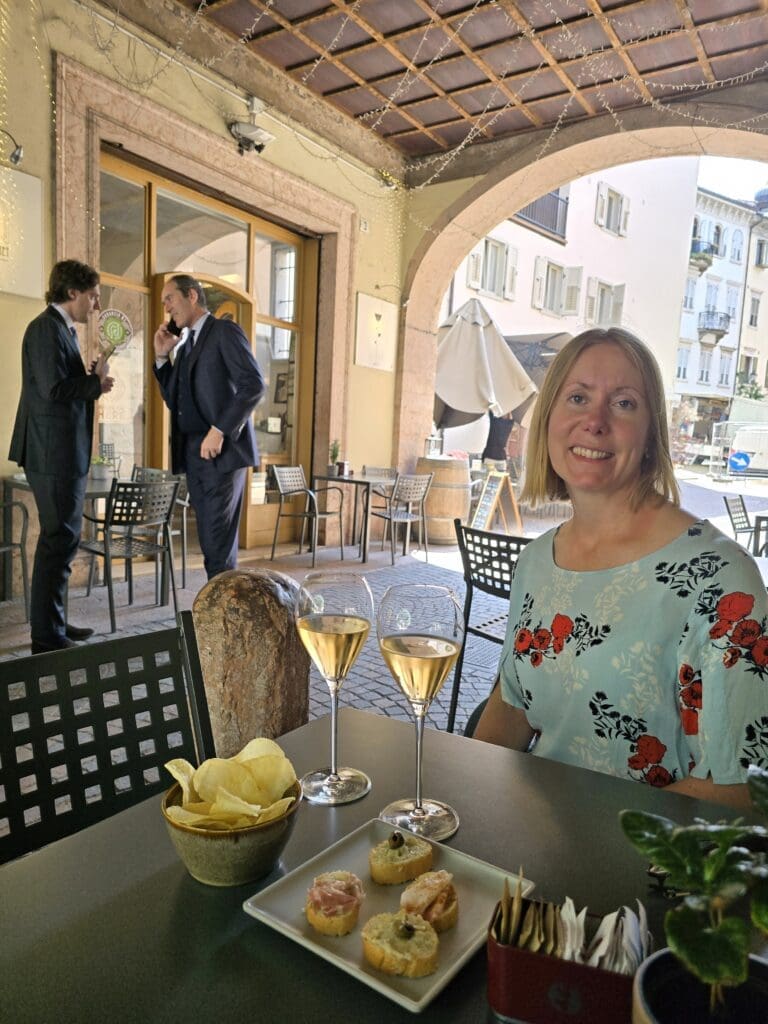
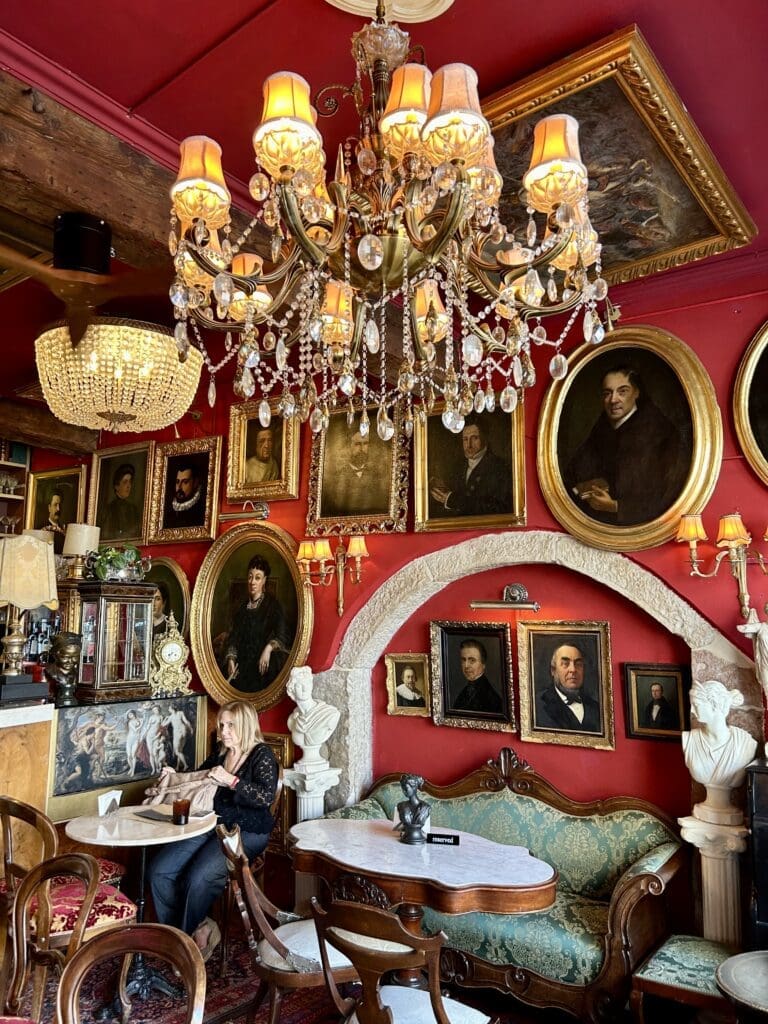
Merano
Merano is the smallest of the three towns and is mainly known for its spas and for being one of Empress Elisabeth of Austria's favourite towns. The South Tyroleans, by the way, are very proud of their beautiful empress, who could be said to be a 19th-century Lady Di. Nature reserves and parks bear the name Sisi or Siusi, which was Elisabeth's nickname. Other things Merano is known for are its large apple orchards and its wine production. Around the city, several wine producers have shops where you can try the local wine Meraner Leiten, a light red wine.
Since we were actually on our way to the Merano 2000 nature reserve, we only made a quick stop in Merano, but since the town is quite small, you can walk around in about an hour. By all means, do not miss the cosy walk that stretches along the river that runs through the whole town.
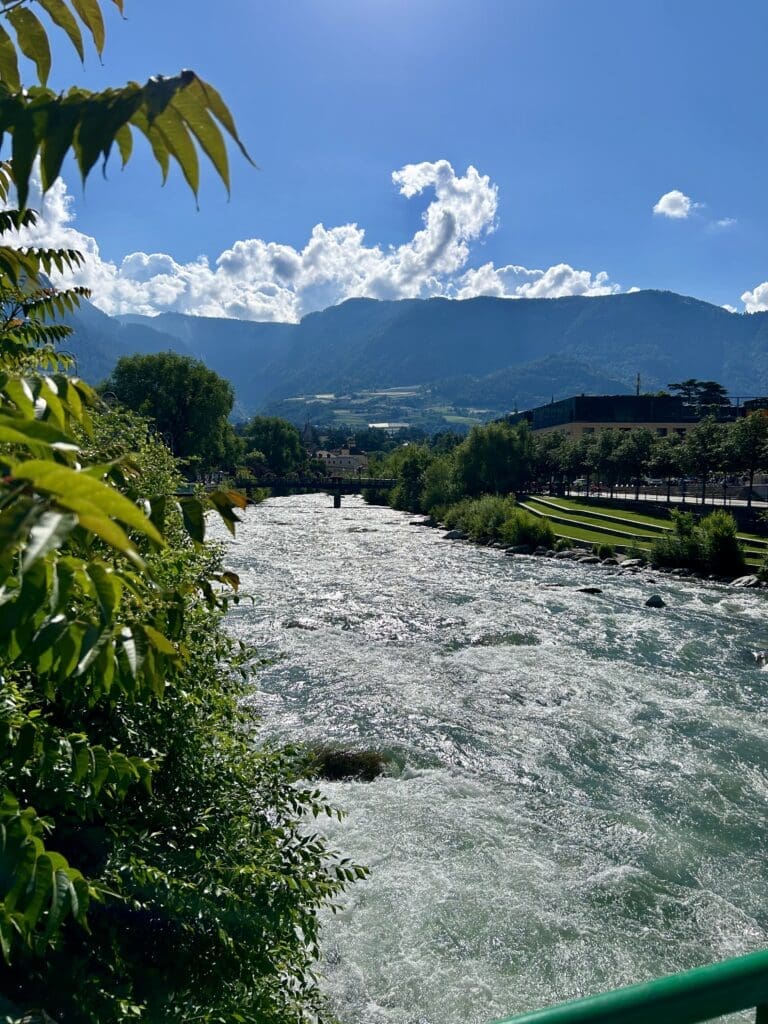

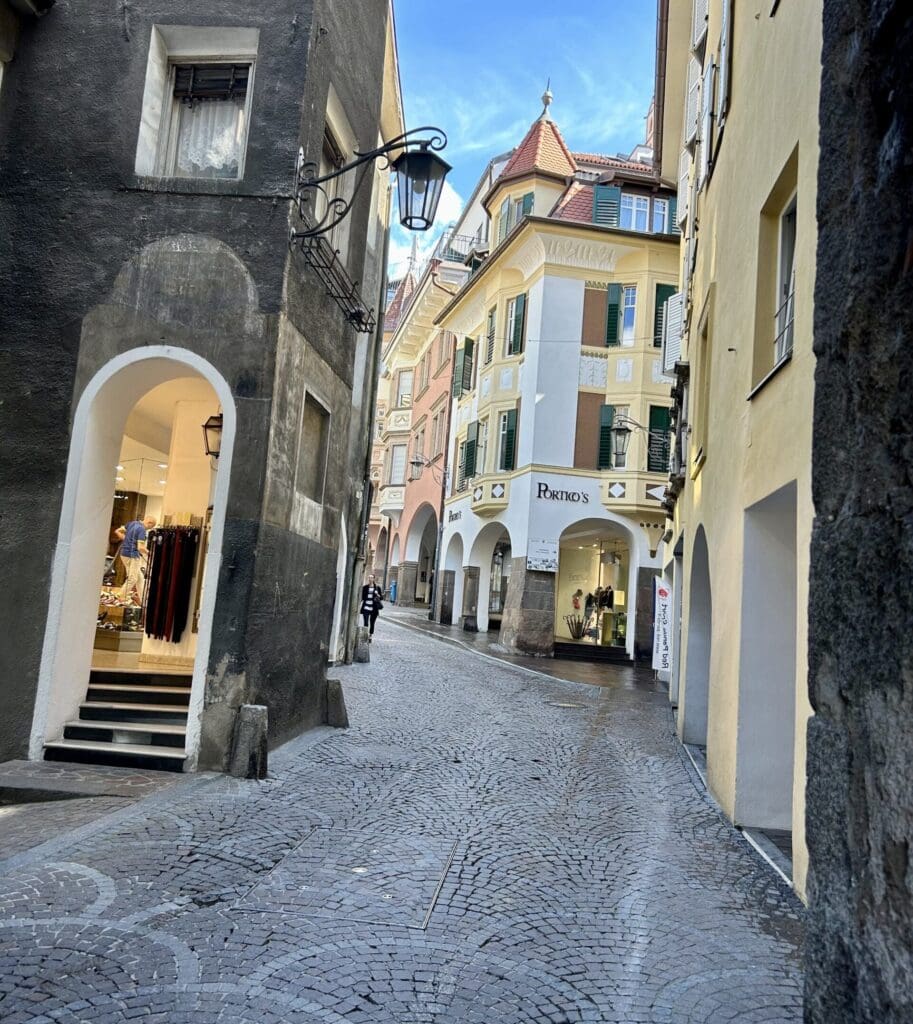

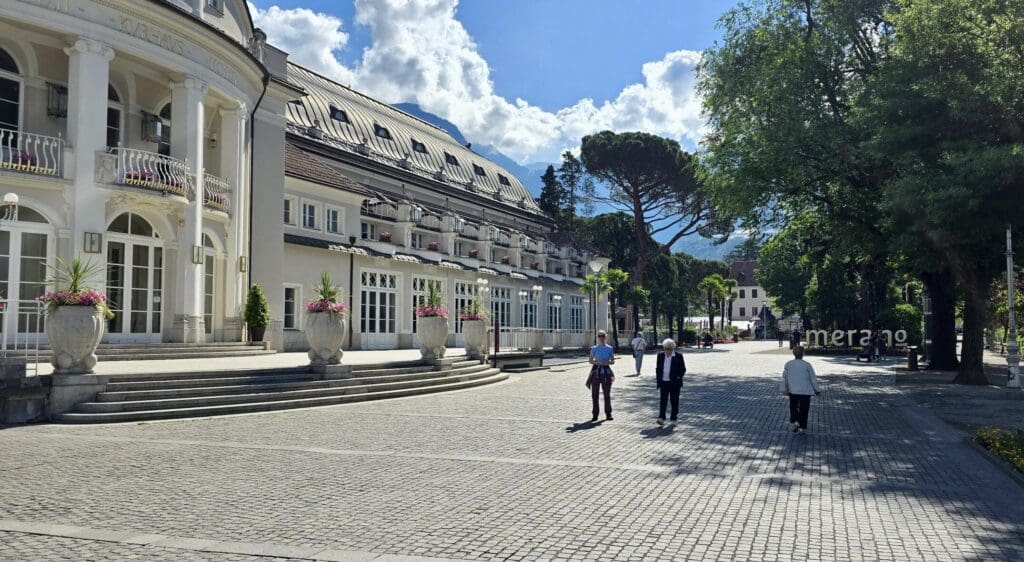
So which of these three cities did we like best? It's hard to say, each city had its own charm. Trento was definitely the most Italian. Here you can certainly also find the best food. Bolzano and Merano felt more like German cities, but with an Italian touch that was very nice. Just like when you are at home and do not see what you have around the corner, I felt that we did not have time to see as much of Bolzano as we wanted. We were always on our way somewhere. Merano was beautiful and had close to Merano 2000 which is a big advantage. I probably still land in that I liked Bolzano best. Just the right size, good starting point for hiking, German order and Italian ice cream. Take away a dumpling and throw in a pasta and I will be completely satisfied! 🙂
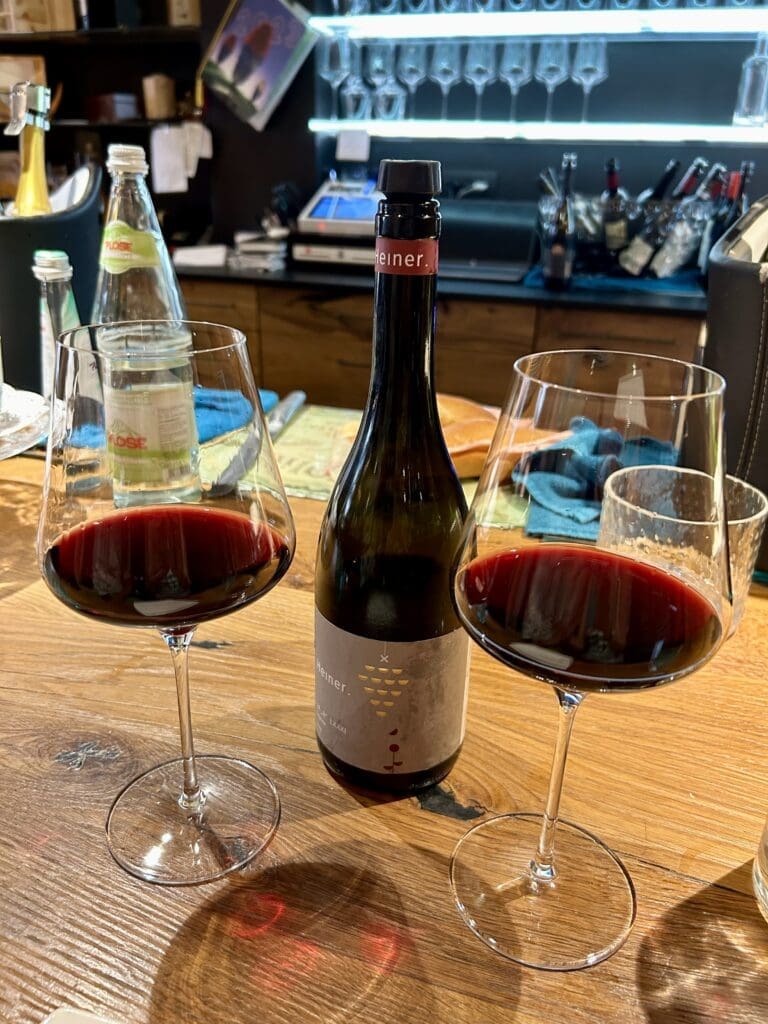
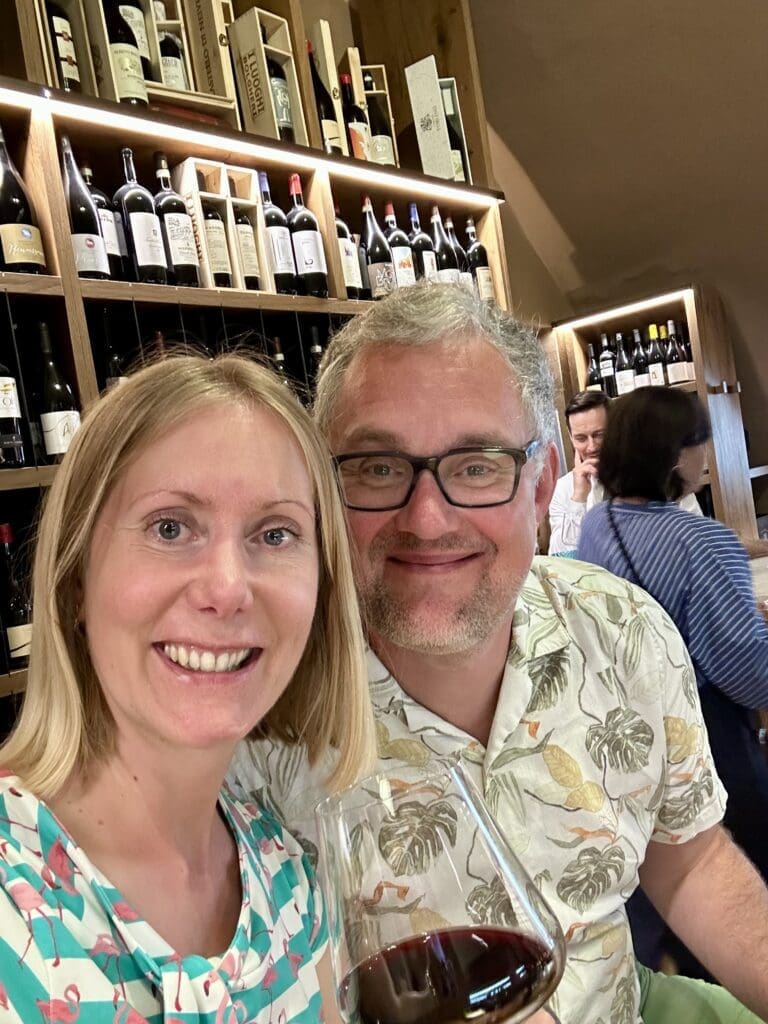
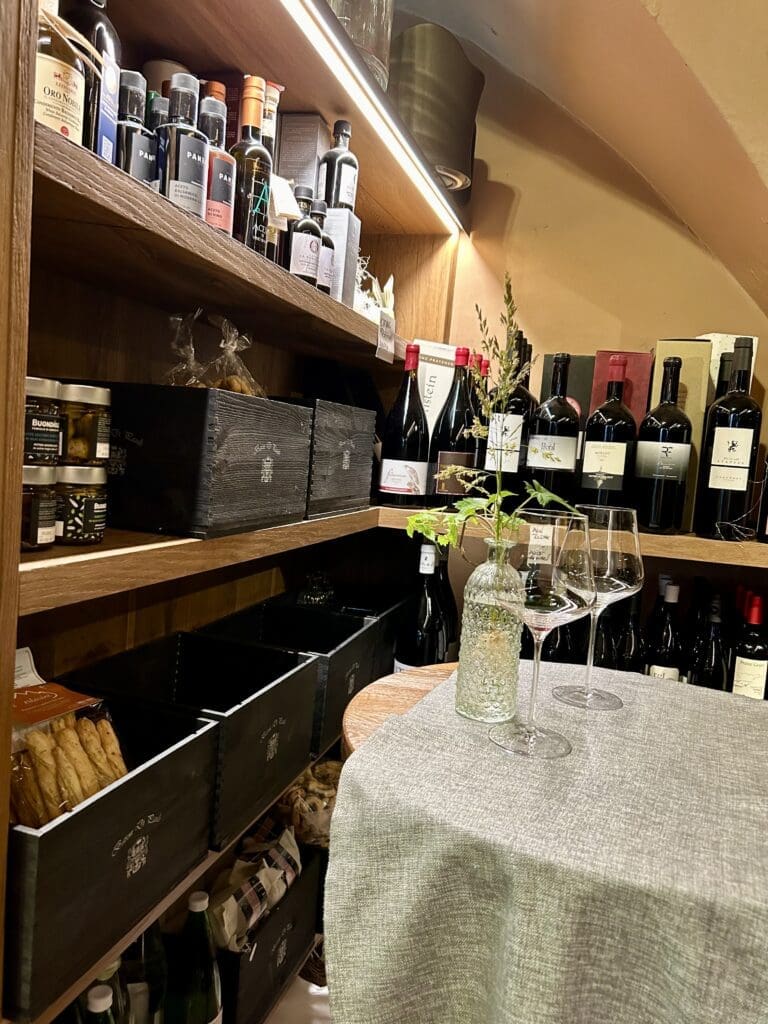
Finally, I want to recommend Lisa Wine Boutique in Bolzano. Before we went home, we wanted to try some local wines and went to the nice wine bar and shop to taste and botanise. They do not organise rigid wine tastings, but Lisa herself and her knowledgeable staff tell and present wines based on your wishes. We tried several different local varieties of both red and white wines as well as a couple of sparkling ones. A very pleasant afternoon and we left a little poorer in the wallet, a little richer in the wine fridge and slightly happy in the hat.
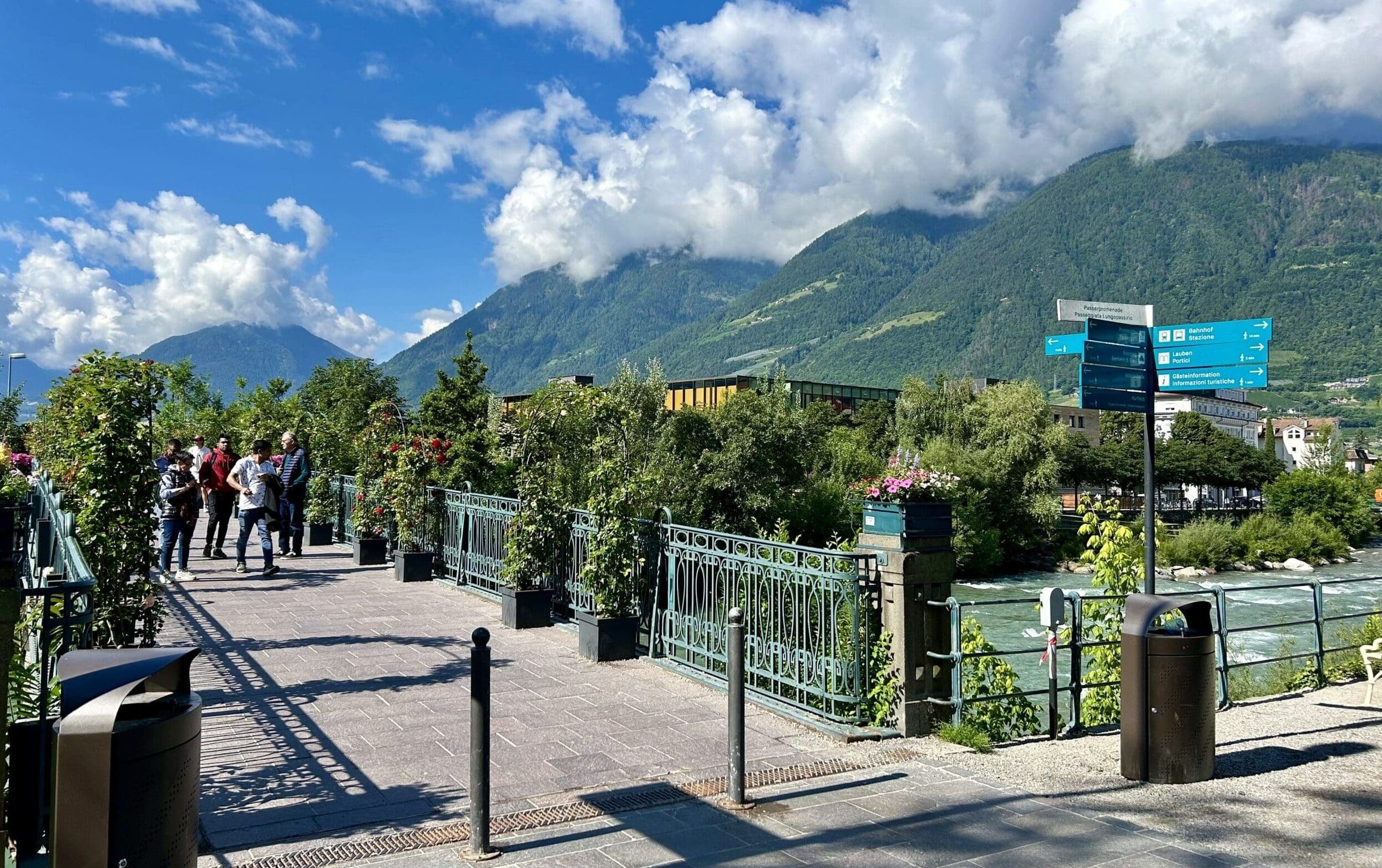

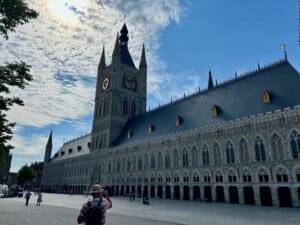
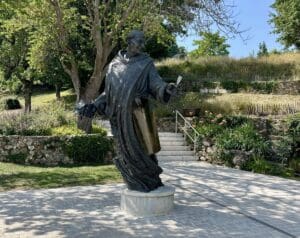
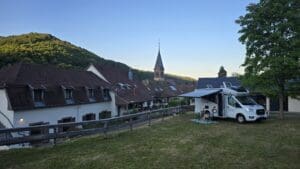

One Response
Molto bello! Mi piace ...